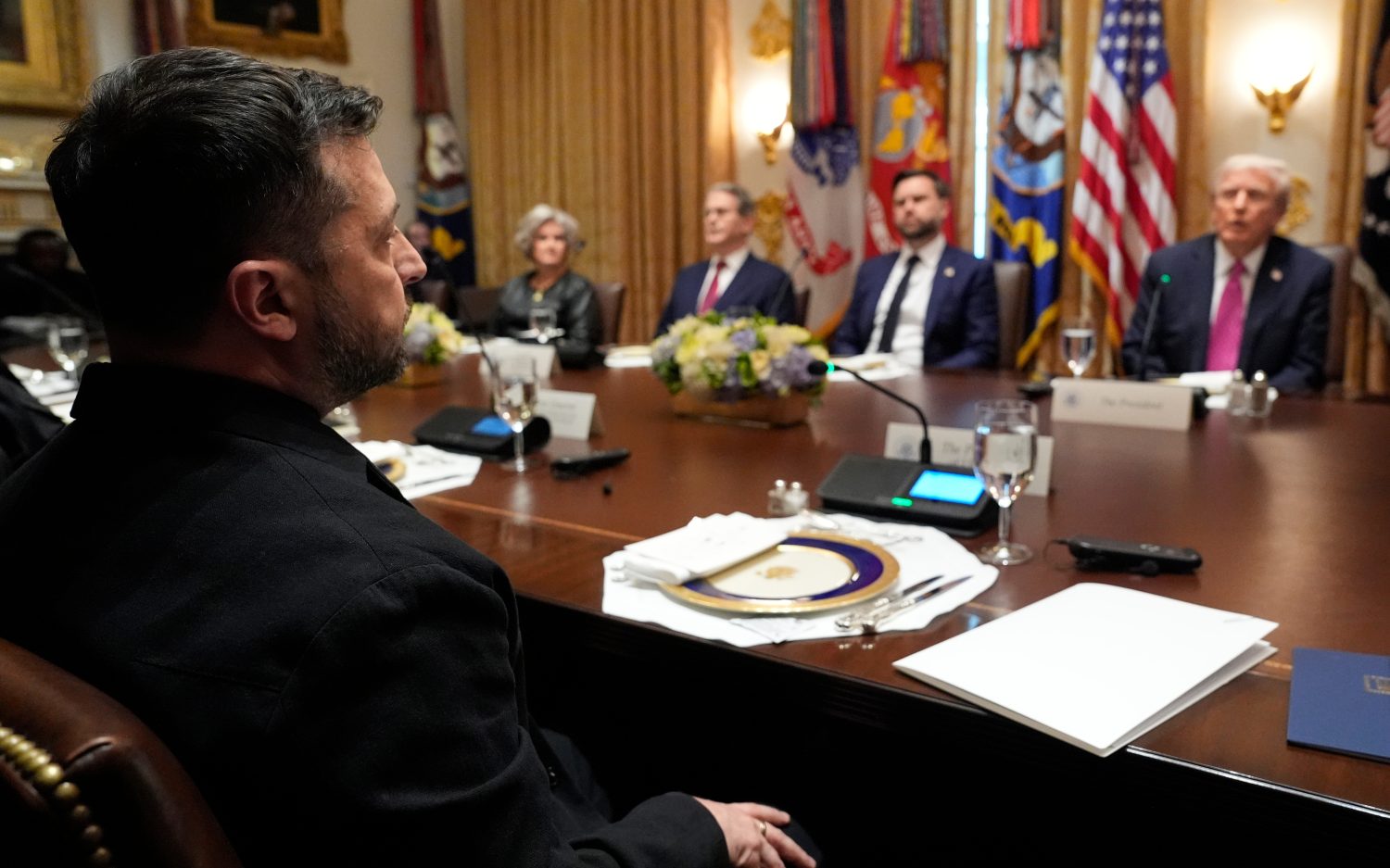The manuscript, the scholar, and the laundry
Texas professor uses eight-page fragment of a planned Lewis-Tolkien collaboration to teach principles of communication
The discovery of an old, once-forgotten manuscript—tucked inside a little notebook at one of the oldest libraries in Europe—is shedding new light on the communication perspective of its famous author.
In 2009, a Texas professor solved a decades-old literary mystery involving two of the 20th century’s most famous authors—C.S. Lewis and J.R.R. Tolkien. Lewis, author of The Chronicles of Narnia, and Tolkien, author of The Lord of the Rings, had planned in the 1940s to coauthor a book called Language and Human Nature. But the book, while scheduled for publication in 1950, was never finished. Scholars believed the work never got started, until Dr. Steven Beebe—Regents’ professor and chair of the Texas State Department of Communication—discovered the opening pages of an unpublished C.S. Lewis manuscript in the Oxford University Bodleian Library.
The fragment covered just eight pages of a small notebook on which Lewis had written the word “Scraps.” After seven years of research, in the summer of 2009, Beebe made headlines by claiming the manuscript was the beginning of the joint Lewis-Tolkien book project.
An internationally renowned C.S. Lewis scholar and communication expert, Beebe recently spoke with WORLD about his finding and discussed how, four years after he announced its discovery, the once-forgotten manuscript continues to excite and inform the literary world.
How did you first become interested in C.S. Lewis? What about J.R.R. Tolkien? I first got interested in C.S. Lewis during my Oxford sabbatical in 1993. I read a biography on him, and Lewis, the eccentric, brilliant, masterful, educated, intellectual, poetic Lewis—just his life—captured me. I started reading his books, and when I realized he had a lot to say about language, meaning and words, my interest in him as a communicator developed organically.
My primary interest in Tolkien is his influence on Lewis. I’m not a Tolkien scholar. … I still just can’t let go of Lewis. Or he can’t let go of me.
Why did no one else discover this lost manuscript before? It’s not that the manuscript was lost, it’s that no one had really caught the significance of it. I didn’t find it so much as identify it. It was 2002 when I first read the manuscript, and the opening sentence says something like, “In a book like this, we should start at the beginning of the origins of language. …” And he goes on and gives definitions of meaning, which is right up my alley. That’s what I write about, study about, teach about—language, meaning, communication.
But it wasn’t until 2009 that you realized this manuscript was the beginning of the planned book project of Lewis and Tolkien. How did you make the connection? I had spent these years transcribing, and in fact I quoted the manuscript in some of my articles and papers, but I didn’t know its context. Then in March 2009, our washing machine broke. So my wife and I went to a Laundromat and I grabbed Diana Glyer’s excellent book The Company They Keep to read while we waited. I was reading about the Lewis-Tolkien collaboration. … Diana was describing their planned book on the nature of language. And as I read it, I stopped. It was like a eureka. I remember just sitting there staring at my laundry spinning around in the dryer, then jumping up and saying, “I know what it is! I know what that manuscript is!” I went home and there I saw it, references like “the authors believe” and “we think,” evidence that this was that book Lewis and Tolkien had planned to write together.
Why was the book never completed? At the time, Lewis was writing Narnia and Tolkien was working on Lord of the Rings. They were both busy with other projects. … So the manuscript is only about eight pages in Lewis’ handwriting, and Tolkien’s thought is really not present there at all. It is Lewis’ beginning.
Since your initial finding in 2009, what have you done with your discovery? After my “laundry epiphany,” I went back and confirmed that the timing fit, Lewis says “us” and “we,” and what he talks about is precisely what his book is supposed to be about. … Then I wrote an article for Seven, which is the premiere C.S. Lewis journal, in which I made my argument and included some commentary. I also included my transcription of the manuscript … the editors agreed with my argument and accepted the article within a week. I also wrote an article about my finding in the Texas State Magazine, Hillviews, published in 2010. I'm also currently working on a book about C.S. Lewis and communication. Next year will be my last as department chair at Texas State, and I'll be seeking a year's sabbatical to work on my book.
Are you incorporating any insights from the Lewis manuscript into your book? When teaching the Lewis class in Oxford, I give my students two primary exam questions the first time we meet. These questions will be the focus of the book I’m writing as well. The first question is, what did C.S. Lewis say about communication? And second, what did C.S. Lewis do that made him an effective communicator? The manuscript I found helps answer the first question, because it’s primarily about language and meaning. …What my book also will address is, how can we apply these insights and communicate effectively, like Lewis? Lewis’ books have been identified as the top bestselling books of the 20th century, and people are still reading him today. How can we demystify what he did so that you and I can do that?
How significant do you think your finding could be for Lewis and Tolkien scholars? The implications are greater for Lewis scholars, since it’s Lewis’ work. I would argue that it helps me to make my case that Lewis was very interested in communication and language and meaning, because that’s what this manuscript is about. … What’s exciting is that the manuscript includes some of Lewis’ best and most precise statements about the nature of language and meaning. It contains new insights from Lewis, what we would call “communication theories,” about how meaning works. That, I think, is very significant.
Have you been impacted by Lewis’ communication philosophy in any special way? In the same way that Lewis found ways to smuggle Christianity into his work, I smuggle Lewis into my textbooks. … I have gained fresh insights into Lewis by looking at his work from the communication lens. There are wonderful Lewis scholars out there, and I’ll never know as much about him as [they do]. I just have this tiny communication flashlight in this big cave of C.S. Lewis, trying to illuminate a little piece from this perspective. And for me, since it’s what I do for a living, it’s more fun than I’ve ever had.
An actual newsletter worth subscribing to instead of just a collection of links. —Adam
Sign up to receive The Sift email newsletter each weekday morning for the latest headlines from WORLD’s breaking news team.




Please wait while we load the latest comments...
Comments
Please register, subscribe, or log in to comment on this article.